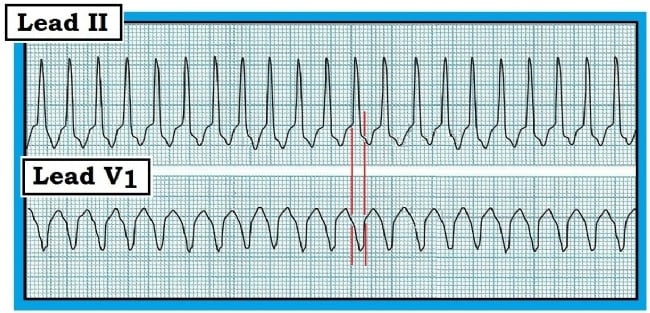A 3-year-old presents with an injury that occurred while putting a paper clip into an electrical outlet
A 3-year-old presents to you with an injury that occurred while putting a paper clip into a household electrical outlet (see Figure).
.png?width=400&height=424&name=image%20(72).png) Figure.
Figure.
Aside from the burnt fingers, you note no other signs or symptoms. What is correct concerning this situation?
- Obtain urinalysis with myoglobin determination.
- Urgently refer the patient to a hand surgeon for the management of delayed effects.
- Cardiac monitoring should be done for = 4 hours.
- Apply antibiotic ointment to involved areas and discharge the patient.
The correct answer is:
Apply antibiotic ointment to involved areas and discharge the patient.
Educational Objective:
Relate signs and symptoms of an electrical exposure to the corresponding injurious potential.
Key Point:
Topical antibiotic ointment and adequate analgesia is the appropriate treatment in this scenario.
Explanation:
This patient only needs antibiotic ointment applied to the involved areas. The patient can then be discharged home.
This wound is a thermal burn caused by touching the hot paper clip. Conduction of electrical energy through the patient is unlikely. Cardiac monitoring or obtaining electrocardiography would be indicated for children who have systemic symptoms, have a history of ventricular dysrhythmia or cardiac arrest in the field, or who are otherwise symptomatic or have a high likelihood of the electrical current passing through the body (either horizontally from arm to opposite arm or vertically from head to toe). Obtaining urinalysis for myoglobin or referral to a hand surgeon would be appropriate if evidence of conduction through tissues other than the 2 involved fingers were present.
Electricity can cause a variety of burns, including:
- Thermal burns (from hot objects, such as burning clothes or heated metal)
- Entrance and exit site burns
- Arc or "kissing" burns (burn of 2 touching skin surfaces, eg, at the elbow if the elbow was flexed and the upper arm and forearm skin surfaces were touching each other)
- Flash burns (burns over the exterior of the body secondary to the electrical field established by the electrified body)
References:
Chen EH, Sareen A. Do children require ECG evaluation and inpatient telemetry after household electrical exposures? Ann Emerg Med. 2007;49:64-67.
O’Keefe KP. Lightning and electrical injuries (chapter 134). In: Walls R, et al. Rosen’s Emergency Medicine: Concepts and Clinical Practice. 9th ed., 2018:1765-1772.e2.
This question appears in Med-Challenger Emergency Nurse Practitioner Exam Review with CME
Try for free and save. Ace your exams and meet your CME/MOC requirements for just $19 a month!





.png)
.png)